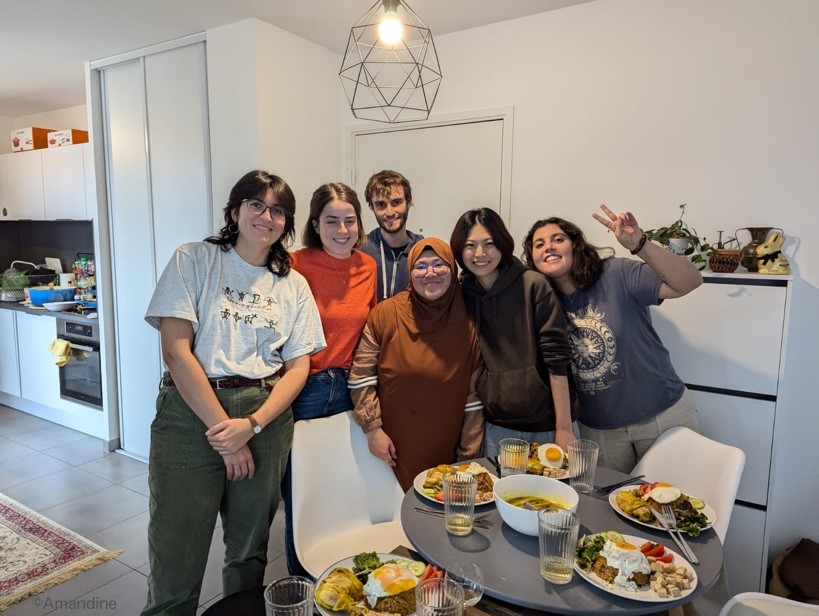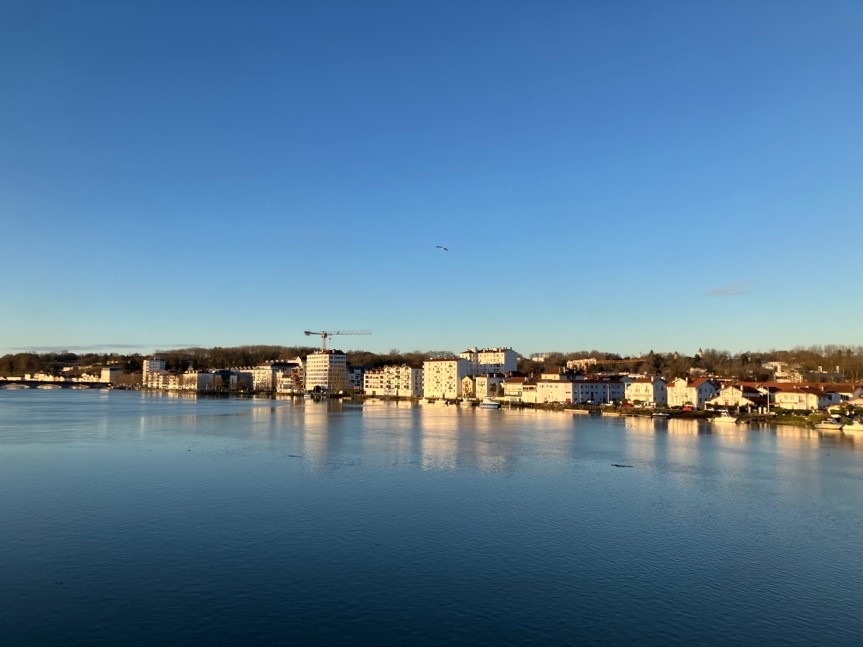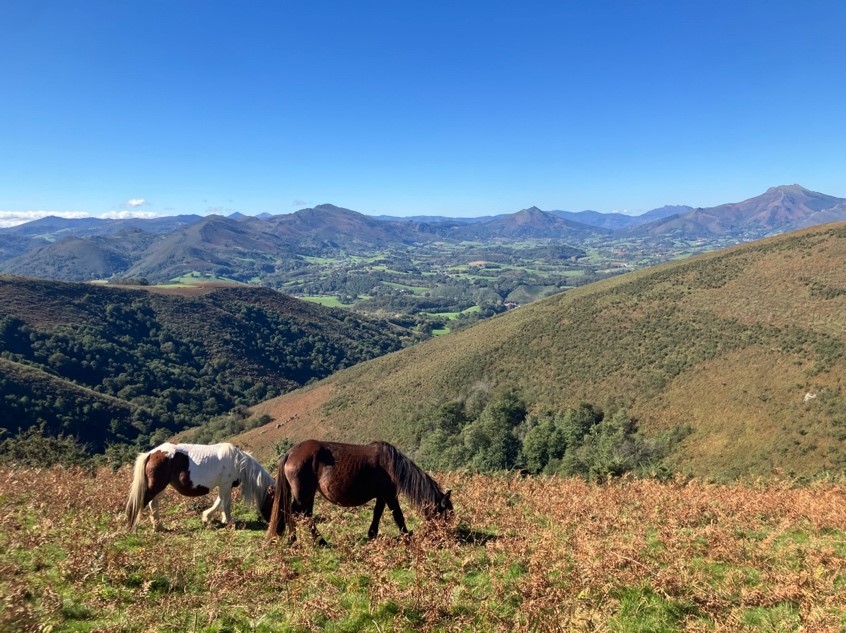From the Frontlines of Research and Studies [France]: SAIKI Makoto (Research Institute for Humanity and Nature)

The National Institutes for the Humanities (NIHU) sends young scholars, who are participants in Institute-based projects and co-creation initiatives, to international seminars and research institutions abroad, including universities. This program aims to promote NIHU’s projects and support young scholars in their academic studies, presentations at international seminars, and other overseas research opportunities.
In this issue, we feature a report from SAIKI Makoto of Research Institute for Humanity and Nature, who was dispatched to France.
I am SAIKI Makoto, a researcher for the Research Institute for Humanity and Nature’s Sustai-N-able (SusN) Project. With collaborators, I engaged in research activities at the Université de Pau et des Pays de l’Adour (UPPA), located in southwest France, from September 2 to December 24, 2024.
The research I conducted during my stay examined mercury, the element famously associated with Minamata Disease, exposure to which triggers such symptoms as paralysis and brain damage. Since Japan restricts in-product mercury use today, the element is often discussed in the context of past environmental issues. Yet, fossil fuel combustion, cement production, and other human activities still discharge mercury into atmospheric and aquatic environments. While much of the mercury released is in an inorganic state that is not harmful to human health, it can be converted to its highly toxic form, methylmercury, through microbial action in the environment.

Our research focused on estuaries [an estuary?], where freshwater and seawater mix and the properties of water constantly change. The goal is to quantify the transformation of mercury and its movement between upstream river areas and the ocean. But it is challenging to identify these factors through measurement alone, as they are impacted by tides, salinity, the concentration of suspended solids, and other properties of water. Accordingly, during my stay, I utilized UPPA’s existing measurement datasets and developed a numerical model to analyze mercury transformation and movement.
The model reveals the volume of mercury originating on land and traveling through streams and rivers, ocean-derived mercury brought into estuaries by tides, and inorganic mercury and methylmercury present in estuarine environments.
My goal is to resolve environmental issues by enhancing the model’s accuracy and eventually applying it in developing countries struggling with significant mercury pollution.
During my stay, my time was mostly devoted to analysis tasks at UPPA. But on holidays, I went on hikes or enjoyed house parties with the university’s scholars and students who were from diverse countries including Spain, Germany, and Indonesia. Together, we explored France’s natural and agricultural landscapes and delighted in the food from different cultures that was prepared.


SAIKI Makoto
SAIKI holds a doctoral degree in engineering. Focusing on rivers, lakes, groundwater, and other aquatic environments, her research explores how water and the substances mixed in it travel or transform. She also hosts events that examine the connection between nature and humans by bringing into the equation our daily lives and how they relate to water environments.
